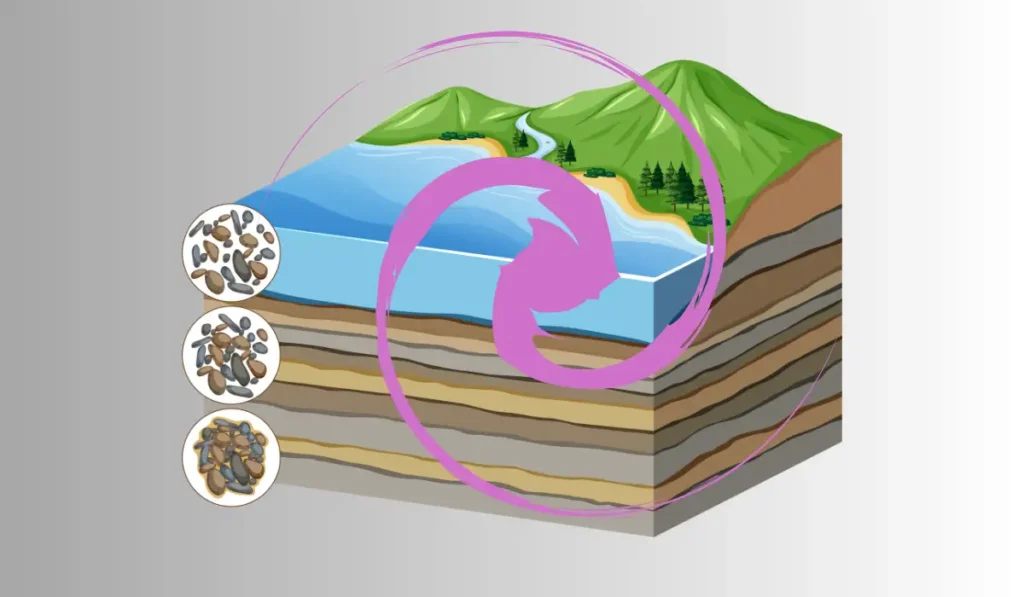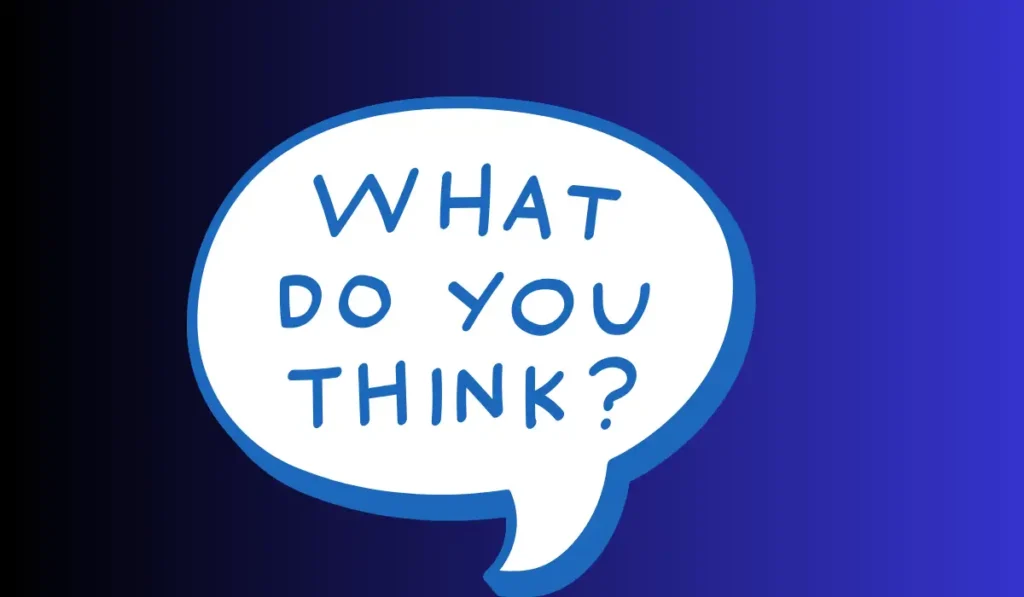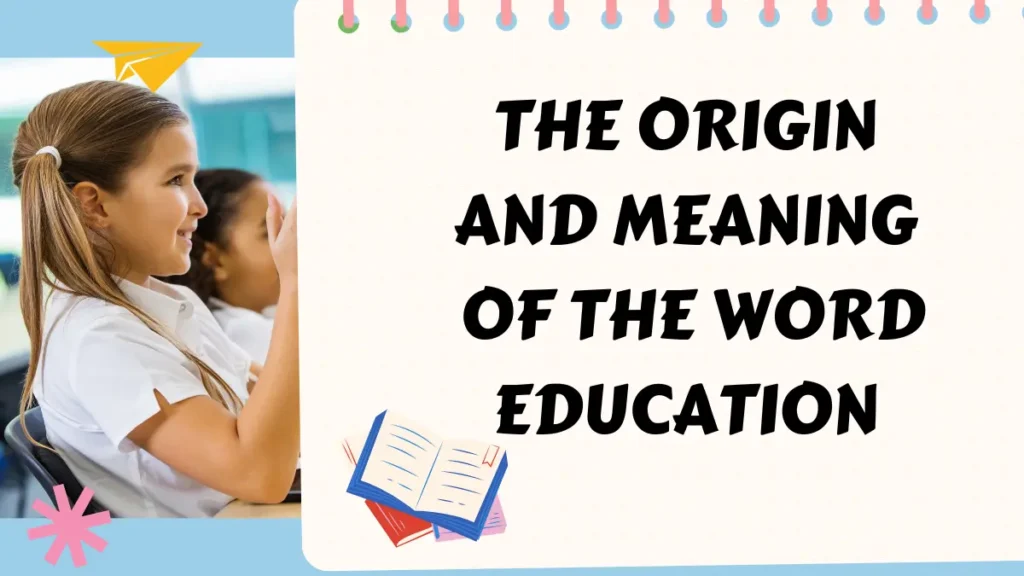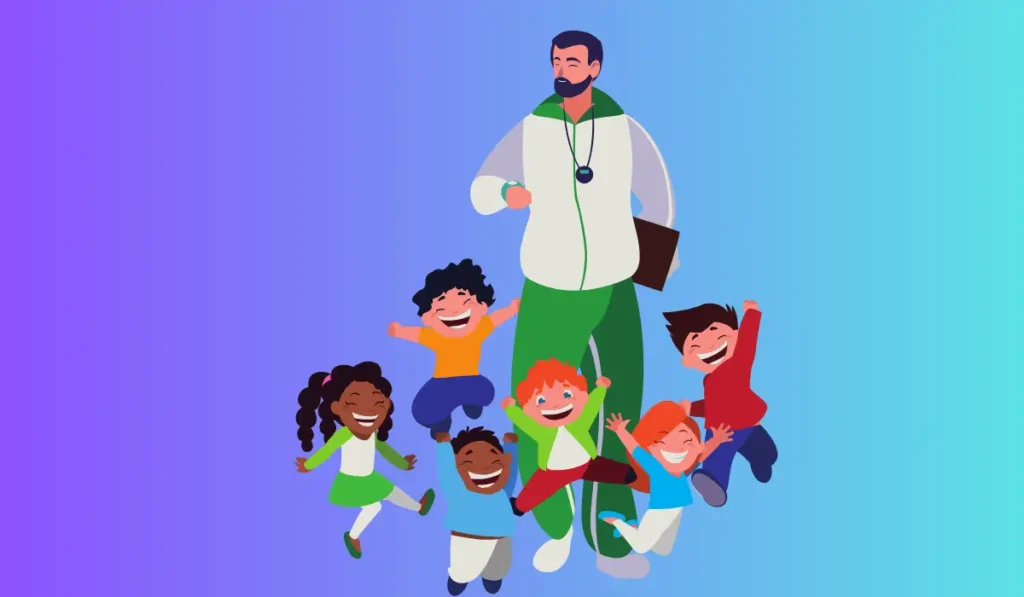Transition in education is the process of moving from one level of learning to another. Education transitions can have a significant impact on a student’s future success.
As such, it is important for students to understand the challenges they may face during these transitions and how to effectively navigate them. This includes being aware of academic expectations and resources available, developing time-management and organization skills, and building strong relationships with peers and educators.
In this article, I will illustrate the various types of education transitions, common challenges students face during them, and strategies for success.

The Evolution Of Education
Education has come a long way from traditional methods of teaching. The previous education system had limitations that needed reform. Today’s world demands innovation and creativity.
Keeping in mind the changing times, the education system is evolving. Educational policies are shifting from rote learning to practical application.
A fresh approach to education encourages students to explore and experiment. The focus is shifting from grades to skills that students can use in various fields.
Institutions are adopting unconventional teaching techniques. These methods inspire students to learn by doing.
The goal of education is to enhance the potential of students to contribute to society. The evolution of education promises future leaders who can thrive in a dynamic world.
The Future Of Learning
The future of learning seems to be heavily dependent on technology. Incorporating various technologies in the learning process will transform the way we teach and learn.
Personalized learning will take precedence, with students being able to tailor their learning experience according to their own pace and preferences.
Self-paced education will break free from the traditional classroom setup and allow students to learn on their own terms. The use of technology will enable educators to cater to the individual strengths and weaknesses of each student.
As we move towards a technology-driven future for education, it is important to strike a balance between human interaction and technology.
The incorporation of technology in education will make learning more engaging and interactive, thus making it easier for students to absorb and retain information.

Revolutionizing The Learning Process
Education has undergone significant changes in recent years. The focus has shifted towards creating a learner-centric environment where students are encouraged to learn at their own pace.
This approach emphasizes lifelong learning and continuous skill development to meet the demands of the ever-changing workforce.
Collaboration and problem-solving are also essential skills that educators aim to instill in students. This approach encourages critical thinking and the ability to work effectively with others.
By embracing these changes, education is revolutionizing the learning process, empowering students to achieve their full potential.
Challenges And Opportunities In The Transition
In this digital era, the transition in the education sector is inevitable. Challenges and opportunities arise as accessibility issues and the digital divide are faced by many. Educators need to take the lead in adapting to change and providing equal opportunities for all.
Resistance to change is common, but it can be overcome through proper guidance. The role of educators is crucial in preparing the younger generation for the future.
As technology advances, the education system must keep up to provide quality education adapted to the needs of the students.
The challenges may be daunting, but the opportunities are endless for those who are willing to embrace change. The transition to an education system that is inclusive and adapts to the changing needs of society is vital for progress.
Frequently Asked Questions
How Has Education Transitioned Over The Years?
Education transitioned from traditional classroom-based learning to online classes, e-learning, and personalized learning.
What Are The Benefits Of Transitioning Towards Online Learning?
The benefits of transitioning towards online learning include flexibility, convenience, cost-effectiveness, accessibility, and diverse learning opportunities.
How Can We Ensure A Smooth Transition Towards Personalized Learning?
To ensure a smooth transition towards personalized learning, we need to invest in technology and learning platforms, provide professional development opportunities to teachers, use data to inform instruction, and prioritize student-centered learning.
Conclusion
As we step into the digital age, the educational sphere is also modernizing at a rapid pace. With technology as the driving force, the transition from traditional to digital teaching methods is taking place. The demand for e-learning platforms and online education is changing the way we learn and acquire knowledge. This shift brings possibilities for both educators and learners to explore new realms of learning. With the use of technology and inclusive educational practices, we can create an environment that caters to diverse learning needs.


